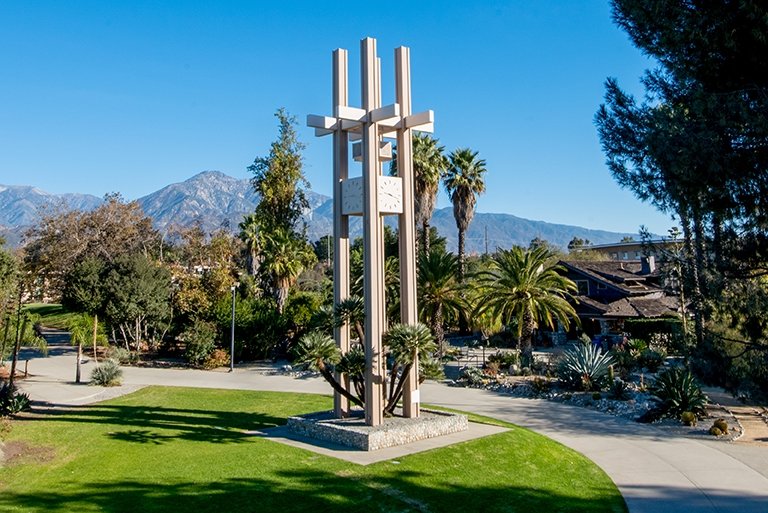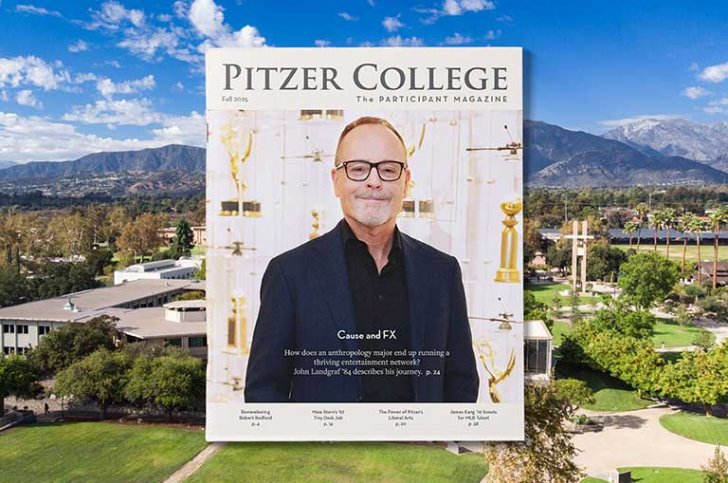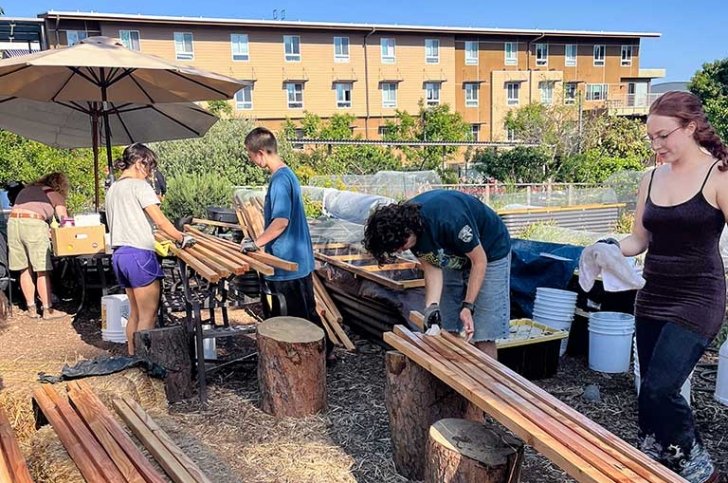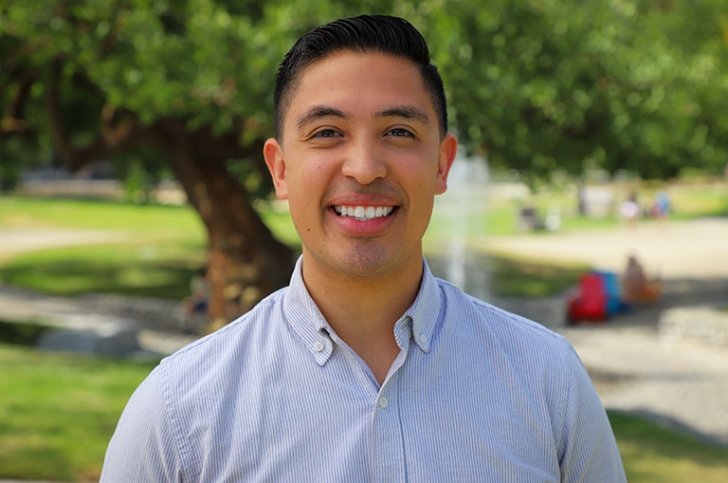Firing Pottery—and a Liberal Arts Identity
President Strom C. Thacker describes a defining moment as an undergrad that made him realize the power and potential of the liberal arts experience

Dear Pitzer Community,
When I think about the value of a liberal arts education, I can’t help thinking of three unlikely things.
Clay, silt, and dust.
While I was an undergraduate at Pomona College, I majored in international relations. But the environment there, like ours at Pitzer, encouraged students to explore areas outside of their focus.
I liked working with my hands—it was a good balance to other courses and activities I was involved in—so I took some classes in ceramics. I also had a work-study job making clay and porcelain and firing kilns. Raku firing was especially fun—the rapid heating (in burning leaves!) and cooling produced all kinds of sheens and surface effects that made each piece unique.
Working with clay produces a lot of silt and dust, and I vividly recall one specific time, heading back to the dorm to clean up before going out for the evening with friends. It was on that walk that I had an aha moment. I realized how everything in my life—my coursework in and outside my major, engaging with faculty and peers, getting involved in intramural sports, ceramics, work-study—was coming together in a seamless whole, just like one of those pieces fired in the kiln.
I knew at that moment that I was on my path, though I did not yet know that it would ultimately lead me back to Claremont and right to Pitzer. I felt an exciting sense of possibilities with my liberal arts experience—and that’s what this issue of The Participant explores.
There is no limit to where you can go with a liberal arts background. Just ask John Landgraf ’84, whose study of anthropology at Pitzer laid the unexpected groundwork for his incredible success in the entertainment industry (the same is true for his fellow undergrad and friend Joel Fields ’85, also included in this issue).
Maia Stern ’07 took her media studies background to the streets to hone her filmmaking skills before arriving at NPR to produce its highly popular “Tiny Desk” concert series. James Kang ’10 was a Sagehens baseball player and economics major who travels the world today as an international scout for the New York Mets. None of these alumni knew exactly where their career path would lead them after graduation. But studying the liberal arts prepared them for whatever challenges life threw at them and set them up for a lifetime of success and fulfillment.
That’s something absent from most criticisms of a liberal arts education that say it isn’t job-specific enough to guarantee a good career. On the contrary, the liberal arts prepare students to handle anything, to adapt to precisely the kind of disruption we are seeing today across so many fields. You’ll find this view echoed by several of our faculty, whose mini-essays this issue features. These, along with other stories—including a profile of Media Studies Assistant Professor Lisa Yin Han and a piece by John A. McCarthy Professor of Classics Michelle Berenfeld that first appeared in The Atlantic—also demonstrate the kinds of critical and complex thinking our complicated world needs and that seems in short supply now.
Of course, every person’s experience and understanding of the power of the liberal arts is unique to them—just as my dusty experience was so many years ago—but what this issue of The Participant suggests is that such meaningful experiences are not just possible at Pitzer, they're essential.

Provida Futuri,
Strom C. Thacker
News Information
Published
Organization
- Communications
- Office of the President


